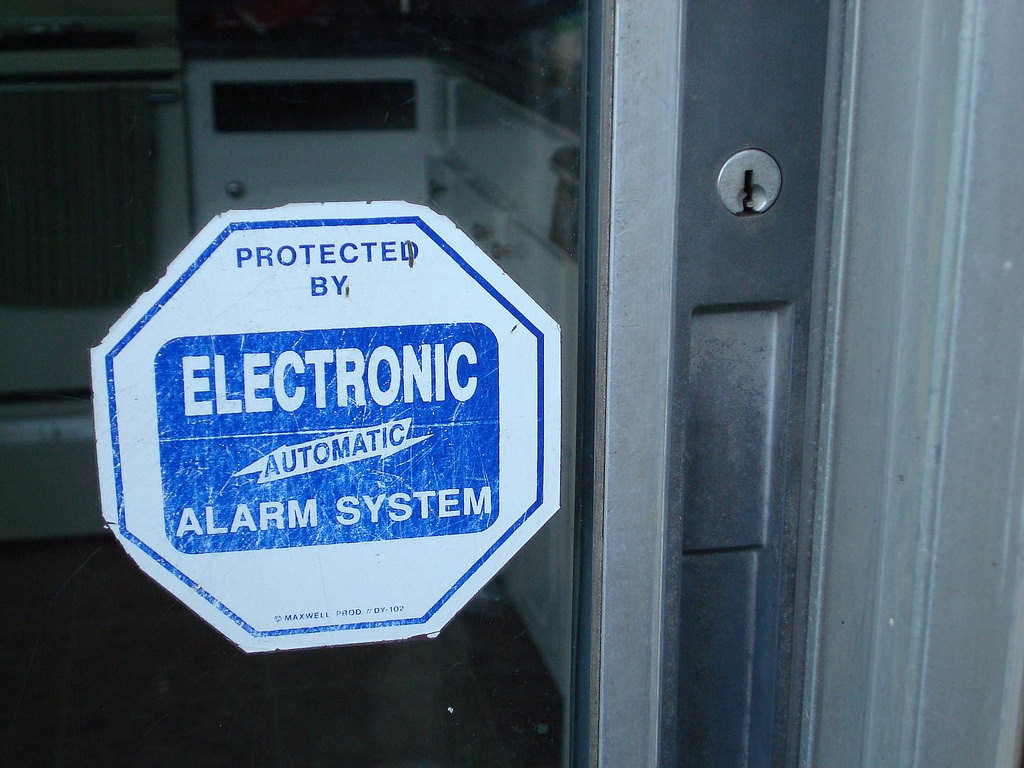Hugo: A fast and flexible static site generator built in GoLang
Hugo Website Hugo is a static site generator written in Go. It is optimized for speed, easy …
The protection of your intellectual property, or any information that you post to your blog, forum or website, can be a tricky subject. While there are those unscrupulous few out there in the cyber world who will purposely copy your words as their own, there are more people that are simply ignorant of the laws, unaware that they are stealing when they copy and reuse your musings. According to a criminal lawyer at an Orlando based firm that we spoke to, there are steps that you can take to make sure that your intellectual property is protected. Here’s what you can do:
1. Obfuscate Your Code
To protect yourself against thieves, use software like Dotfuscator and JavaScript Obfuscator. These types of software programs will obfuscate your coding, making your content more difficult to steal by making a program’s source code difficult to read by humans. When someone tries to copy and paste your blog entry, they’ll be left with unreadable, useless coding. Other helpful software includes vGuard, Jasob and Salamander .NET Obfuscator.
2. Post a Permissions Policy
A page of your website or blog should be dedicated to an explicit permissions policy. This policy will tell others what they can and can’t do with the content that you have posted. The key to a great permissions policy is clarity; people should know exactly what it is that they can do without your permission and when they’ll need to contact you. Once you’ve published your policy, you’ll have something to point to if someone violates it.
3. Contact the Violator
If you find that your content has been used by someone else, the first thing to do is to send a polite email to the violator. 99 times out of 100, the person who used your content has no idea that they’ve done anything wrong. Kindly thank them for finding your content interesting enough to use on their own site, point to your permissions policy, and offer suggestions as to how the person can use your content legally.
4. Demand Removal
If you’ve found the one person with whom a polite email doesn’t work, you’ll need to escalate your efforts. Sit down and draft an email demanding that the offender remove your content from their site immediately. While it’s still suggested that you remain tactful and polite, you may want to be a bit more forceful. Direct the offender to your permissions policy again, letting them know that they are violating copyright laws by allowing your content to remain public on their page.
5. Contact the Hosting Site
If steps two and three haven’t worked with the violator, you’ll need to contact their hosting site. Find a site online that will allow you to search for the person’s domain registration and, once you do, send an email to the hosting service. Let the hosting service know the steps you have taken and that you are now requesting removal of the web site. The powers-that-be at the hosting site will investigate your claim and, if it is found to be with merit, will take the site down.
6. Get Legal Help
At the end of the day, your last bit of recourse may be found in hiring an attorney. A criminal defense lawyer can go to bat for you, helping you to have the offending content removed from cyberspace.
If you find that someone has copied your content for their own blog, be flattered; it means that they’ve found your content useful or relevant. Remember that most people don’t understand that they are violating any laws, and an email is often enough to get your content removed from the offending website. If you follow the steps above, you’ll ensure that your intellectual property remains yours.
Katie Hewatt is a legal researcher and contributing author for the Florida Law Firm of Katz & Phillips, which deals with Internet crime cases. The Orlando law firm keeps up to date with the latest technology online and the ever changing cyber crimes involved with it.
